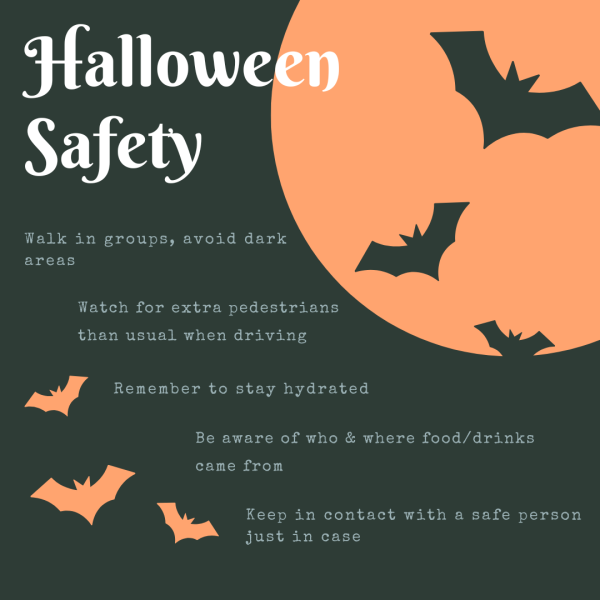Vague active shooter plan: So what do we do?
Baker University’s Emergency Operations Plan (EOP) is rarely discussed. Although some aspects are common knowledge, other areas are not as clear to people on campus.
One of the areas still foggy to students is the active shooter policy. The EOP was revised in Jan. 2017 to include an active shooter policy, and the Baker Orange editorial board requested a copy. The version we reference in this article is not currently widely available to other students and staff.
According to the Table of Contents, the EOP discusses preparedness, training, response, and recovery in the event of several different emergencies. Missing from the plan are practice drills. No drills have been performed in recent memory.
Perhaps the most fear-inducing incident would be an active shooter on campus, a trend that is on the rise throughout the nation.
Currently, the University policy listed in the Emergency Guidelines on Baker’s website regarding a hostage/terrorist situation or intruder on campus explains that students should call 911, call security and attempt to stay safe. However, the majority of students are unaware of the necessary steps to take should an incident occur, and these written steps seem to be lacking in detail and clarity.
Vice President of Finance and Administration Shelley Kneuvean said she is looking to put together some training exercises within the next year. In an email exchange shared with the Orange between Kneuvean and a student senate representative, she refers to these exercises and the need for constant revision.
“I agree that we need to be reviewing continuously,” Kneuvean said. “ Because I share your interest in the importance of safety, I have recently reconfigured a university position to be the Associate Vice President of Capital Planning, Facilities and Emergency Management. This person begins on Oct. 8.” This new position will help spearhead this issue and continue to revise current policies.
Students are concerned about the issue on campus and are taking action. Junior Chloe Rodenbeek said that the lack of information regarding the security and safety procedures on our campus prompted her to dig deeper into the issue.
“What I found was that departments are supposed to have a red trifold that says ‘in case of an emergency, call this person’ and ‘this person is in charge of that building,’” Rodenbeek said. “It hasn’t been updated in at least five years.”
Rodenbeek explained that Student Senate has been discussing that students do not know the basic information, such as addresses of various buildings and safety procedures to follow for any potentially dangerous situation.
“I’m hoping that the creation of the [Associate Vice President of Capital Planning, Facilities and Emergency Management] will allow for more communication with the students about everything,” Rodenbeek said.
She is hoping to get a handle on the EOP and do a walkthrough of scenarios with faculty and staff. Students should be able to participate in similar experiences to promote their awareness.
“Last year I kept hearing, ‘oh well it’s never happened on our campus before,’” Rodenbeek said. “Well it never happened at Columbine before, it never happened in Florida before — those are our warning signs and we need to use that. I mean, it’s legal to have a gun at a campus 15 minutes away, and we are surrounded by agriculture — there’s guns in our community. None of these doors are locked, so what do we do if someone walks into a classroom and pulls [a gun] out?”
With school shootings and shootings in public spaces being such an epidemic in the United States, it is surprising that an institution like Baker has such a lack of resources for students. Being proactive is always better than being reactive.












